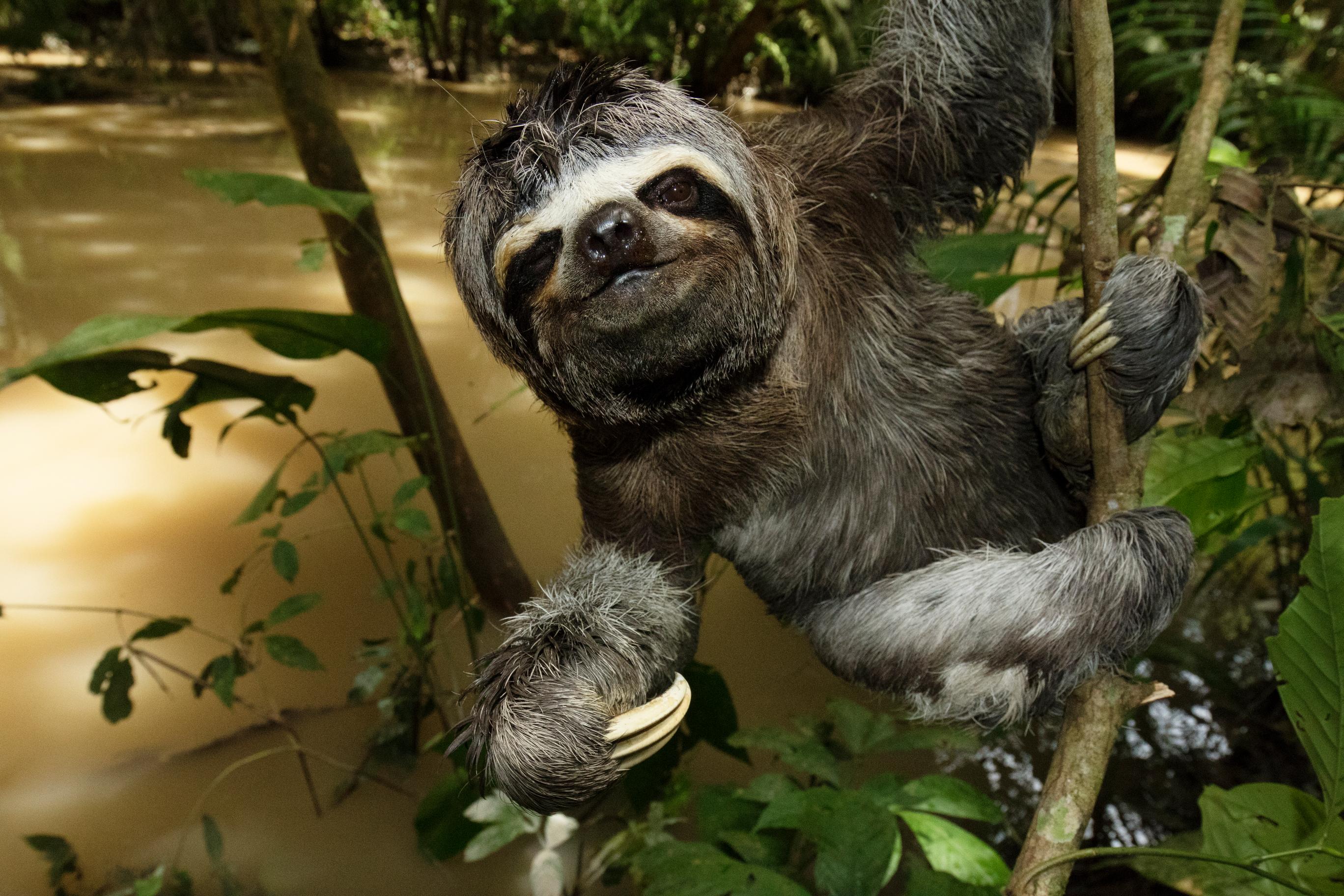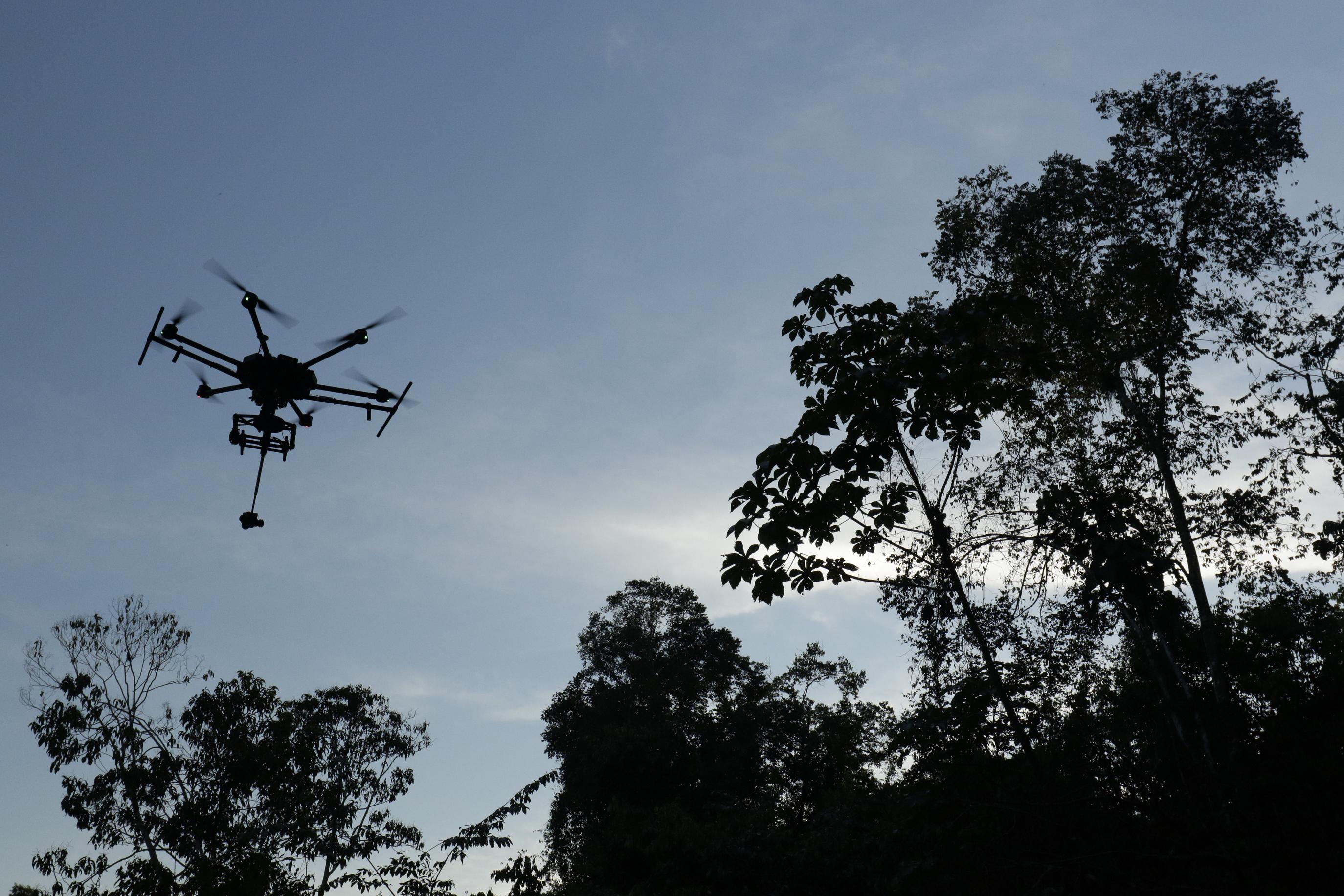
Experience the Amazon in virtual reality
A production by
Conservation International and Jaunt
Made possible with support from:
MacArthur Foundation
With distribution support from:
SC Johnson
The Tiffany & Co Foundation
HOW MANY ACRES WILL YOU PROTECT?
With just $25, you can help protect an acre of forest.

Go behind the scenes
Go behind the scenes to see how Conservation International used virtual reality to transport you to Earth’s most biodiverse ecosystem.